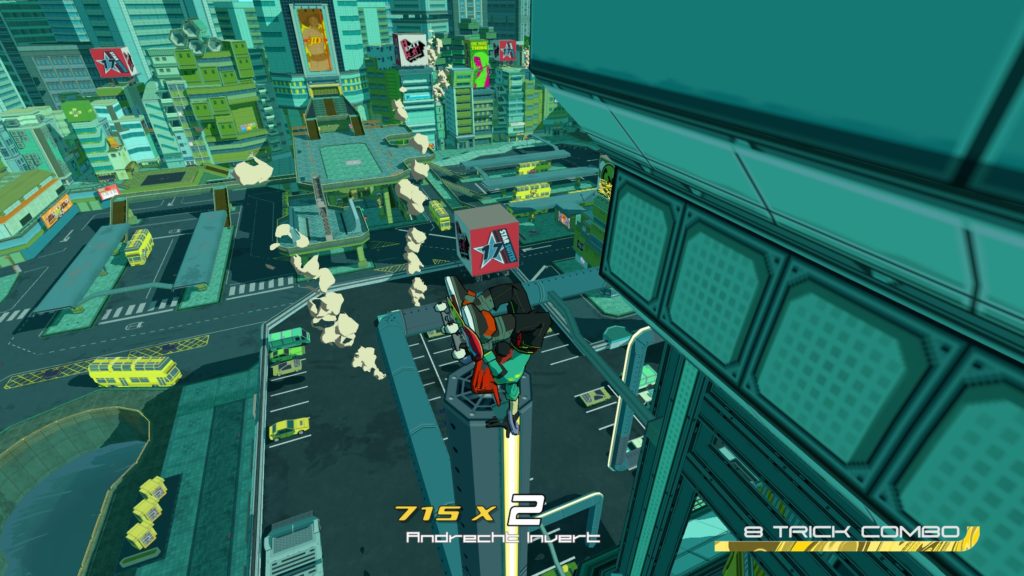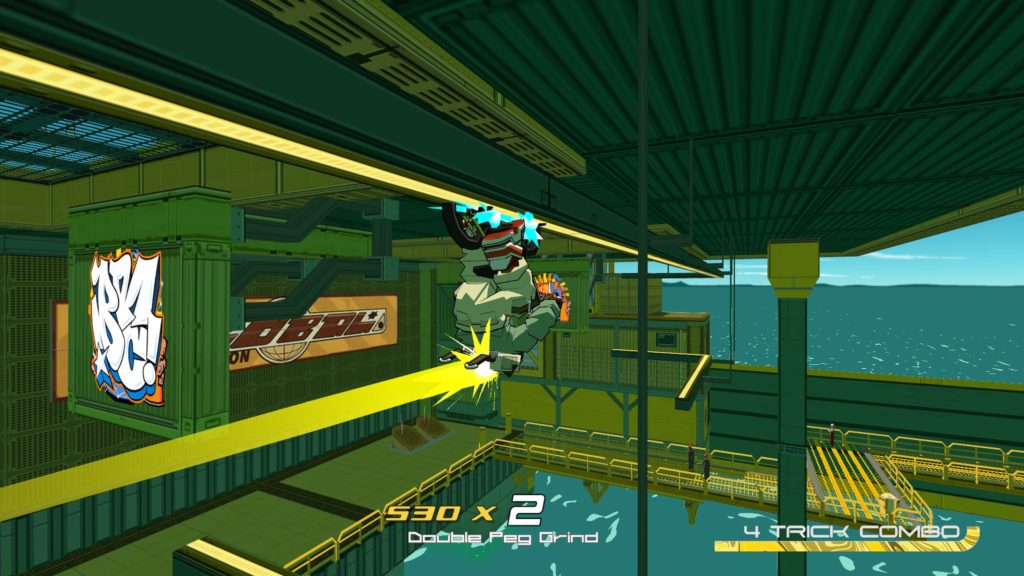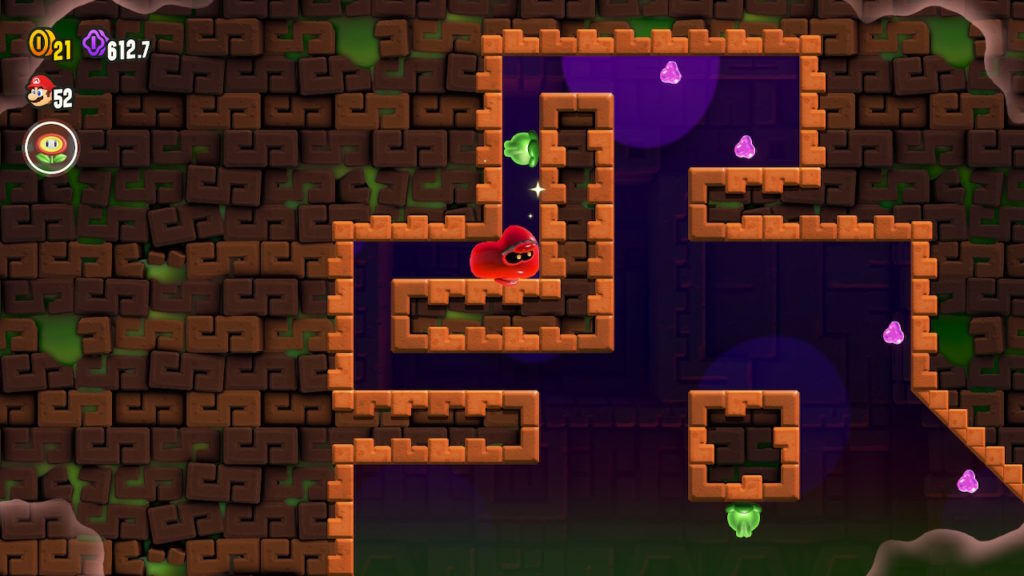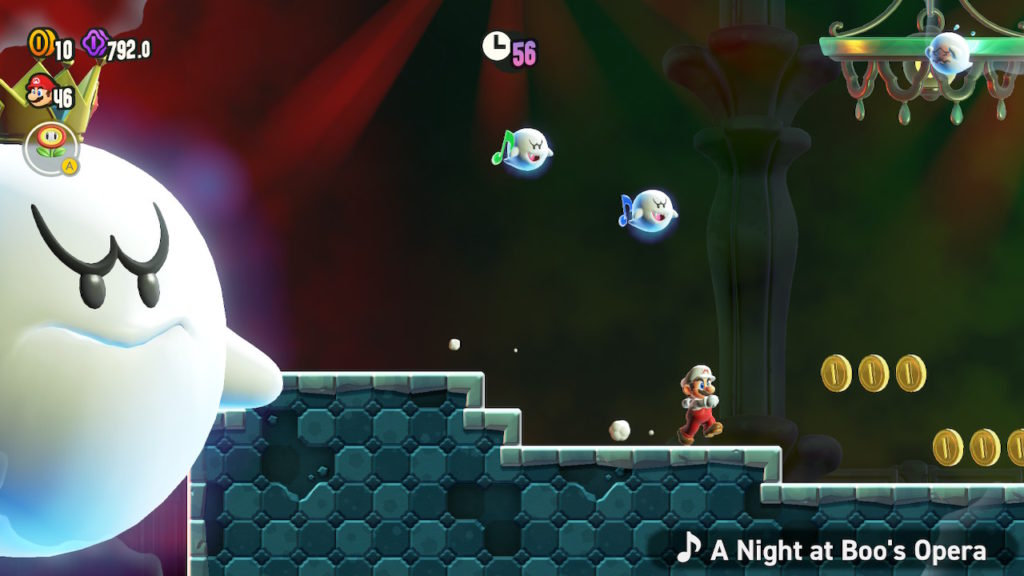- Genre: Platformer
- Originally Released On: N64
- Platform: Xbox 360
When I pulled this one off my random list I realized that I don’t think I’d ever played it. I played the original for sure, and I definitely played Donkey Kong 64, but this one missed me for some reason. Going back and playing these kinds of games given the progression of the platformer genre is always interesting, and this one is definitely not an exception. However, I do think it’s showing its age at this point for a few specific reasons.
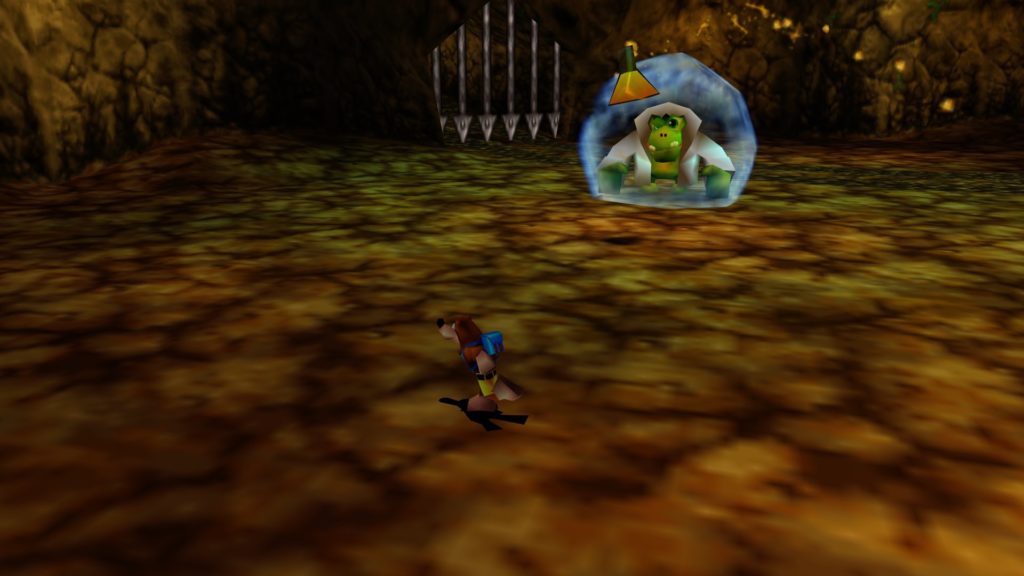
Within the context of 3D platformer games, it’s important to remember when this one came out. With it coming out at the tail end of 2000, it came out a little bit after some big hitters in the Crash Bandicoot triology and the first two Spyro games on PlayStation and the first Sonic Adventure on Dreamcast. However, it was also closely followed only a year later by the first Jak and Daxter and Sonic Adventure 2, and two years ahead of Super Mario Sunshine, Ratchet & Clank, and the first Sly Cooper title. Sitting where it is you can see it as a bit of a transition title where it showed off possibly the peak of what its hardware set was capable of. However, the 2001-2002 titles definitely show where Banjo was limited.
The first thing that really stands out is the act of traversing hrough the world. It feels absolutely glacial compared to modern games. It’s not even that it feels bad because it has plenty of weight and appropriate momentum. It just feels like there’s so much downtime going from important spot to spot. The games that came out immediately after it just had such better pace to their movement that really showed a generational leap in the act of traversal.
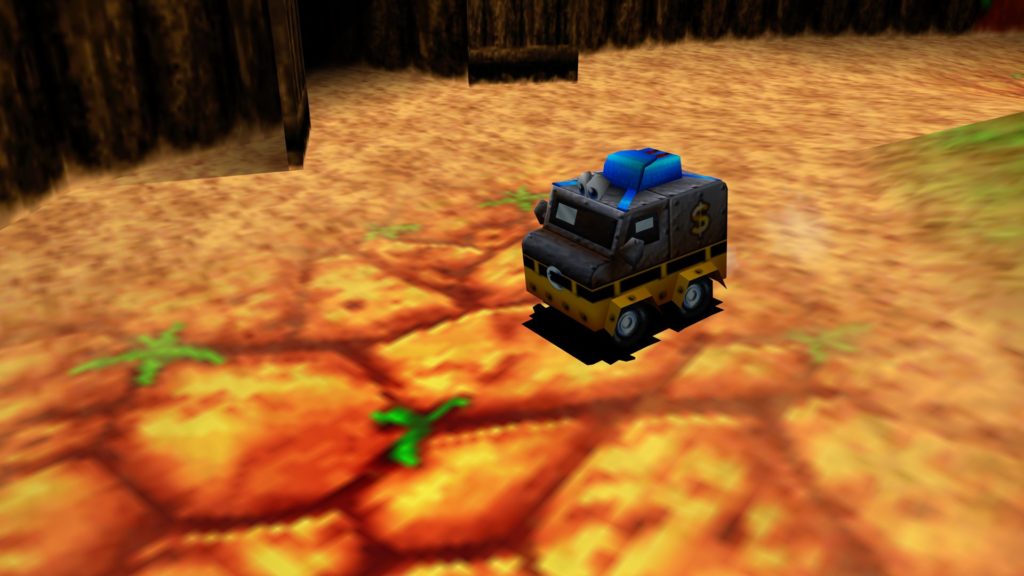
Jak leaned into a traditional collectathon platformer setup, but was just faster. You could rip through environments in a hurry collecting things at a high pace. Part of it was that the environments in Jak were just more visually crowded thanks to the hardware jump. However, they were also more vertical and more compact, so going to collect things had less down time. Sly Cooper on the other hand had larger levels, but encouraged the player to rapidly move in the shadows so more often than not the player wasn’t slowed down by interactions with NPCs. Ratchet and Clank had the slower movement but fed the gameplay with weapons to make moment to moment gameplay more impactful. Those three all took advantage of the better hardware to make different kinds of platformer gameplay that to me all have aged better than Banjo by simply having the player always be engaged in something.
The second thing that stood out to me was how much the game causes the player to spend time retraversing for small rewards. Obviously retraversing due to upgrades isn’t something I inherently dislike since I love Metroidvania titles. However, retraversal in those games often unlocks large swaths of new territory to run through. Retraversal here is because of small reasons that don’t necessarily feel rewarding. Talking to a mole to learn how to ground pound in a different way than your base ground pound just so you can break rocks to get jiggys feels like it’s just slowing your progress to make the game longer. Finding a magic spot that requires you to find and wander around as Mumbo Jumbo that simply causes a door to open feels like it’s significantly longer than necessary just to make the game longer. It’s all just low-reward ways to push progression that take longer than feels necessary.

Ultimately, newer games have really smoothed out things like this to increase game pace. The Mario games have always had individual stars be impactful. However, Mario Odyssey went inherently collectathon and smoothed things out by making sure the required powers were always incredibly nearby, reducing the need to run around. Ratchet & Clank literally just let you carry and swap everything at any time. Games like A Hat in Time kept some of the open nature of Banjo while reducing clutter to make the experience more streamlined. Even at the time, series like Spyro were compartmentalizing collecting into smaller more varied worlds that were less focused on powers and more focused on fun environmental interactions. These games have all resulted in better aging gameplay than the slow pace of Banjo.
All that said, it’s not like this game has aged to a place where it’s unplayable. It’s still a game that’s pretty easy to fall into. You can easily pop this in, play for an hour or two, and make meaningful progress. Playing at that pace – where you kind of come back to the game periodically – fits this game much better than treating it as a front to back experience. I think that’s the big distinction between Banjo and more modern experiences. This feels like a Sunday afternoon title, where modern games feel like they’re built as better continuous play experiences. I don’t think that’s all that accidental, and I think that’s ultimately a symptom of the industry’s growth out of the arcade. I think you can generally follow games from the NES to roughly the start of the PS2 era and see each generation moving further away from standalone or quick play experiences to something that can be played over longer continuous sessions. Games simply got better at being interesting for a continuous time, rather than being interesting in short bursts.
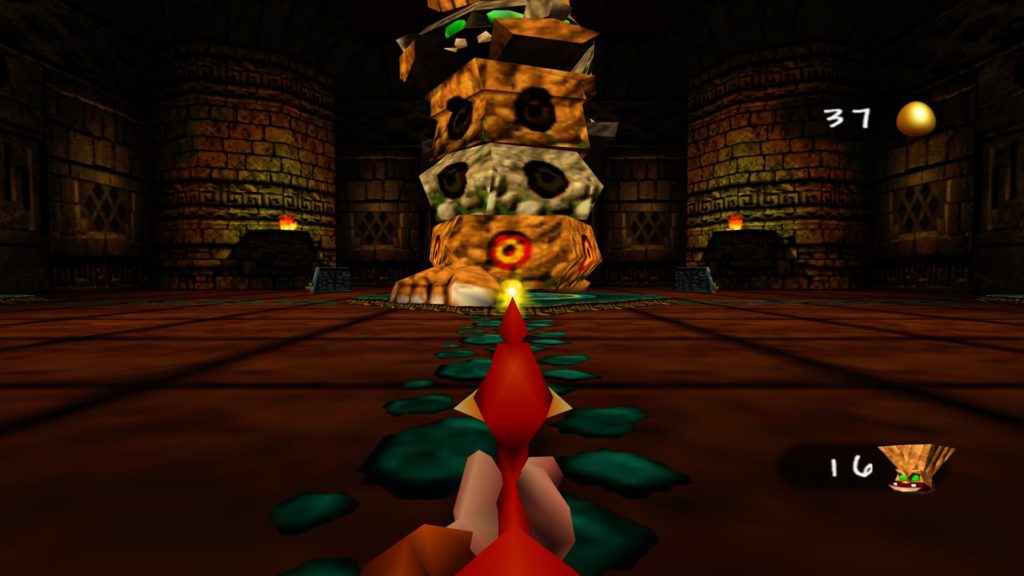
If this one does interest you, absolutely play the Xbox version. It’s on game pass, on the 360, on the Xbox One, on the Series consoles and it has a bunch of important improvements. Get it as part of Rare Replay and you’re going to have even more fun games to play alongside it. Framerate and resolution are the obvious boosts, but playing on something other than the N64 controller is a huge improvement on its own. Make this one your non-serious gap filler and you’re going to be in good shape.


